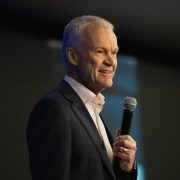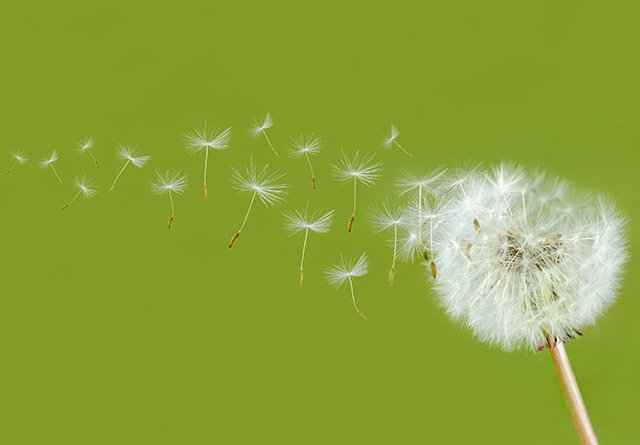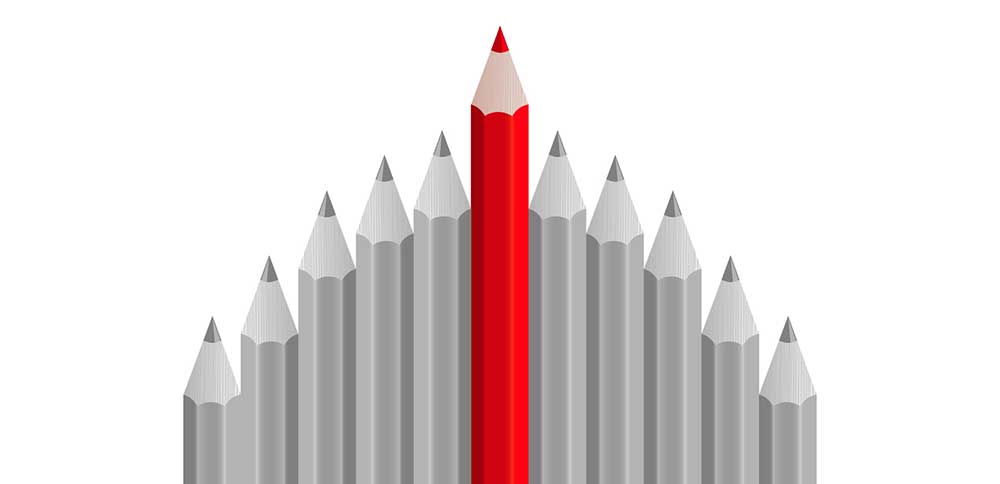The New Workplace: Some Reflections on Hierarchy
We are witnessing the birth of an entire new way of living and working together in organizations. Since the Second World War, through the tumultuous 60’s and into the age of enlightenment, we have seen an unprecedented evolution of human consciousness. We have experienced profound changes in almost every aspect of our lives. While technology and the emergence of the internet have obviously changed our lives, there has also been a more subtle, more pervasive, and even more powerful change: our independence from hierarchy.
The following is an abbreviated and rather oversimplified list of how the modern world has changed in its perception of hierarchy.
Under The Old Hierarchical Model:
- The hierarchy – whether in church, families, educational systems, or the workplace – has the authority.
- People are of unequal value, and they dominate or submit to one another.
- Roles are what give people power and status.
- People have power over each other, and their feelings of isolation, fear, anger, and distrust are denied and suppressed in the name of order.
- People are expected to conform, to live up to external norms.
- One right way exists, and the dominant person knows what it is.
- People deny their own experiences so as to accept the voice of authority.
- Security requires maintaining the status quo, as change is seen as undesirable and abnormal.
- Creativity, dissention, and individuality are suppressed because there is only “one right way”: the voice of authority.
- Loyalty is defined as devotion to authority.
Under The New Growth Model:
- People are their own authority, where we learn to listen and trust our own inner voice and conscience.
- People are of equal value, and relationships are between equals in value.
- Roles are distinct from power and status; leadership is about presence, not position.
- People feel connected to each other with an ownership of self, respect for others, and freedom of expression; the darker side of our nature is brought into the light.
- Each person is unique and can define him or herself from an inner source of strength and validation.
- Many ways usually exist, and we can use our own criteria to choose an approach.
- People acknowledge their own experiences to validate their own authority.
- Security comes from personal development and self-confidence.
- Circular thinking and a systems approach replaces linear thinking; new discovery, creativity, and connections are encouraged.
- Loyalty is defined as devotion to self in the service of others.
I was first introduced to the Growth Model over thirty years ago by one of my early mentors, Virginia Satir. As a society, we have been slowly emerging into this model over the past few decades but with a history of centuries of living in the old model, we are all relatively very new at this way of thinking.
The Growth Model, especially while we are learning to embrace it, can be difficult to accept. Teachers in our school system today ask, “Where is the respect for authority?” I suspect it is much more difficult to be a parent today than in my grandparent’s day. And it is much more difficult to create workplaces during the transition to the new model, where there is far less respect for positional power and a new loyalty is yet to fully be understood and embraced. Many are lamenting how the world is now “falling apart” in an age of self-serving, narcissistic individualism. Many are yearning to return to the “good old days,” where managing people through positional power was undoubtedly more simple and straight-forward.
I believe there is a deep, inner yearning to embrace the growth model, just as a plant yearns for the light, or a child yearns to ride a bike. But the awkwardness, the scrapes, and bruises in the early stages of bike riding invite a protective parent to return their child to familiar, safer territory. Yet, even in the chaos of the transition, we are long past the point of no return. In the spirit of transcendence and inclusion, the “old” list notes those aspects that have been outgrown. The “new” list leans in the direction of the most positive aspects of the emerging consciousness. What is the good side of the old hierarchal approach that we must safeguard? What is the darker side of the growth model that we must be aware of and work to overcome? Three challenges lie ahead as we continue to emerge into this new consciousness:
Patience with ourselves and with others is required in the transition. Living and working together without the security of a hierarchy is both daunting and awkward. To forge our way through life’s deeper terrain requires different perceptions and skills than what it took to follow someone else’s dictates. Understanding and healing the troublesome parts of ourselves and the world, as opposed to repressing and punishing the darker parts of the human experience, requires skills that few of us have been taught. A beginners mind is required as we step into this new world with openness and curiosity. Like embracing any needed change, we must be willing to let go of our need for certainty.
Embrace the paradoxes. In an effort to find freedom, the pendulum of independence has swung toward self-importance. The growth model is not about narcissism. It’s about self-expression in service. Sounds simple, but find ourself asking, “If I declare independence from the tyranny of hierarchy, will I not end up drowning in the pool of self-centeredness?” Yet if I neglect myself and serve only the greater good, what will happen to my soul? An authentic response to this paradox is to stay with the struggle by embracing the value of both. Maturity – and subsequent consciousness – asks us to live in the paradox without expecting a heavy-handed, overly simplistic solution. It seems inevitable to swing back and forth between the questions in order to continue to grow.
Trust the process. While pain and discomfort are a part of life, we must embrace our destiny – the call to evolve and emerge with a new consciousness. Just as we must embrace the paradox, we must remember that the goal is to be more authentic, fearless, and free. As we stay conscious: of our perceptions, of our biases, of our limited beliefs, of our present experience, and of our vision of a new world, growth, and a new world, is inevitable.









